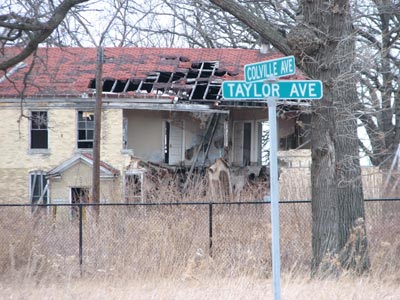The Deteriorating Upper Post of Ft. Snelling
The upper post of Ft. Snelling is called that because of a lightly higher elevation than the more familiar Historic Fort Snelling, which is a reconstruction of the original early 19th century fort. The upper post was always part of the army reservation, and was used originally for the St. Peter's Indian Agency and as gardens for the first garrisons. Construction boomed during the Civil War, with another major expansion in 1879 and ongoing construction through World War II. The regular army left in 1946. In subsequent decades, much of the upper post, or "modern fort" to distinguish it from the historic fort, has been left to decay. Parts have gone almost wihtout maintenance since the army left. For at least the last 30 years, construction projects have entailed new buildings rather than rehabilitation of existing buildings. The old buildings receive so little attention that storm damage to roofs and fixtures gets neglected for years.
Last July (2006), my wife and I went bicycling around the fort, parts of which we hadn't explored despite living so close by. I don't recall why we had our camera handy, but I'm glad we did. One of the photos below is of a commemorative plaque which has since disappeared. I'm guessing it was taken by scrap metal thieves. For all we know, our photo is the only record of the plaque, or of the honor bestowed on Capt. Joseph Hale who died in 1898. It was missing when my wife took more photos in February 2007 in preparation for a presentation I was about to make.
This is the plaque still attached to the headquarters. It honors Captain Melville Carey Wilkinson, who was killed at Sugar Point, Minnesota, in 1898, where his unit of the 3rd Infantry fought the Ojibwa in the last battle between Indians and the US army. I found this particularly poignant: a forgotten plaque on a forgotten building in a forgotten fort commemorating a forgotten man who died in a forgotten war. The Grand Army of the Republic was an organization of Union Cvil War veterans. I wonder how long this plaque will survive the thieves. At least this record survives.

This was the plaque on the other side of the post HQ. It commemorates Captain Joseph Hale, who died in 1898. Both men joined during the Civil War, and despite being in 62 and 59 years old were still captains. Hale apparently survived the Spanish American War in 1898. It disappeared sometime between the July and February photographs.
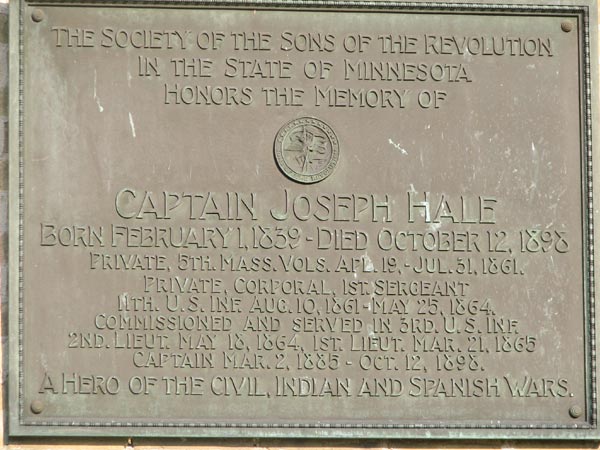
This is the post HQ. The plaques are on either side of the front.
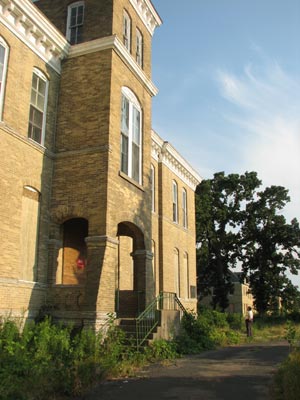
This photo of the HQ shows the missing plaque, which is visible in the top photo.
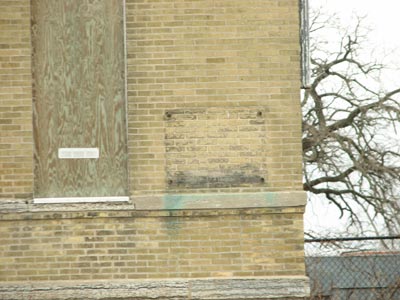
This is the HQ clock tower, which was the closest thing to an icon for the upper post, like the Round Tower is for the historic fort.

This close-up of the clock tower indicates the damage it has sustained. The mechanism has bee left exposed to the elements since a thunderstorm in the early 1990s.
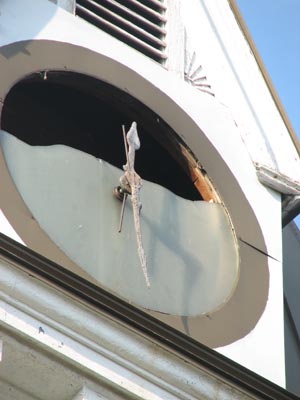
Post gymnasium, which I believe was used like a general recreation building.
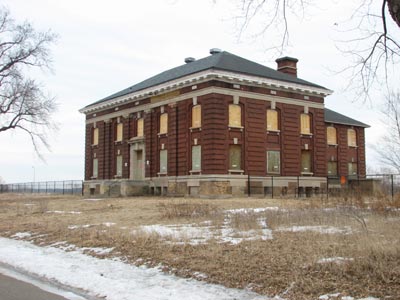
Close-up of the front entrance to the gymnasium showing graffiti with names of units that were stationed here in the first half of the 20th century.
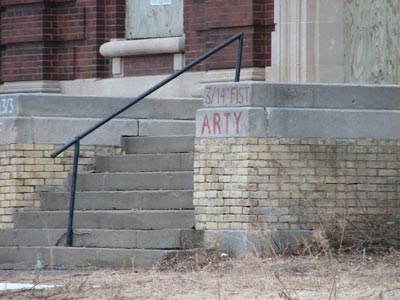
The hippodrome was used for parading horse-drawn artillery. It belonged for decades to the Bureau of Mines.
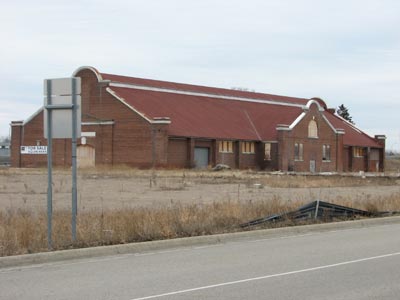
Streetlight near the barracks. The post is poured concrete.
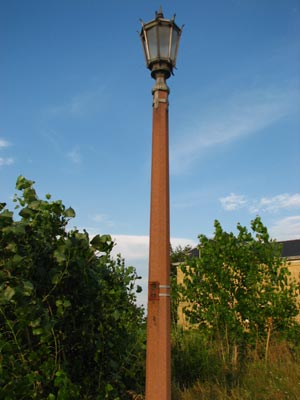
Close-up of a streetlight.
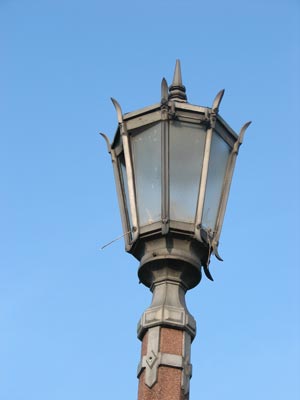
Barracks
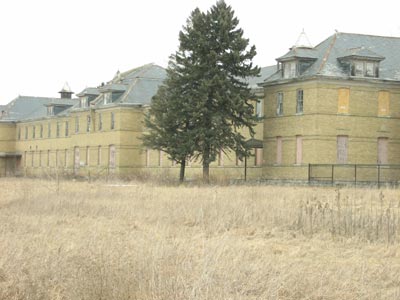
Cuppola atop the barracks.
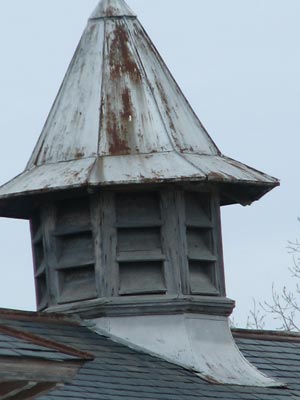
I think this was the sergeants' quarters. It's by the golf course.
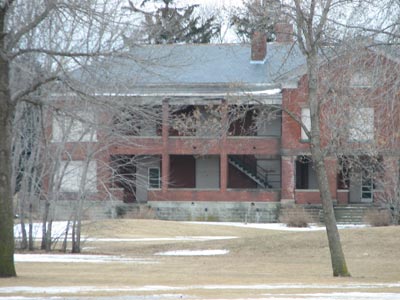
This was a stable for artillery horses before being converted to a motor pool.
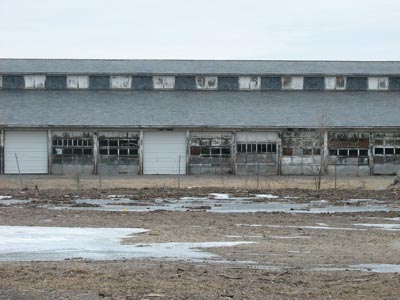
I think these buildings were warehouses or the train depot. That's a subject fo future research.

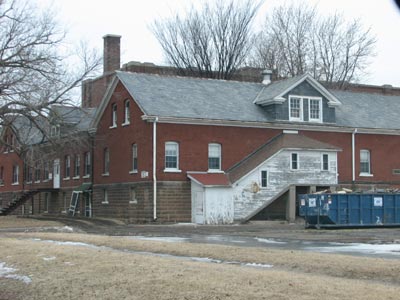
These were barracks built for cavalry in 1903. These are on the lower post, between the historic fort and the visitor center. They were a VA outpatient clinic into the early 1990's. They were fully functional until scrapmetl thieves stole all the wiring around 2000. The Minnesota Historical Society has developed multiple plans, with the most likely and current plan being space for exhibits on the fort during the late 19th and early 20th centuries.
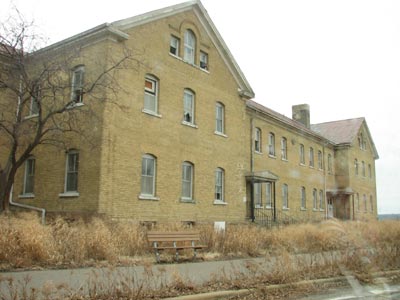
This is the quartermaster building. It's probably unsalvageable. Taylor Av. is named for President Zachary Taylor, who was the fort commandant after Josiah Snelling. Colville Av. is named for Col. William Colville, who commanded a Minnesota regiment at Gettysburg.
